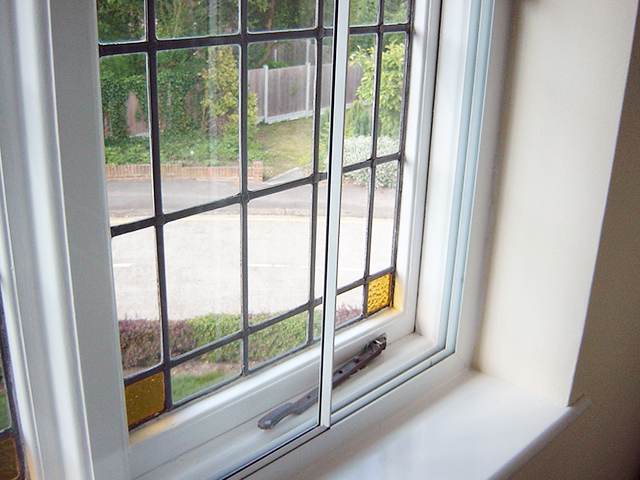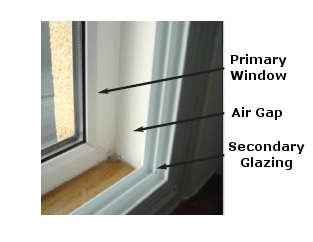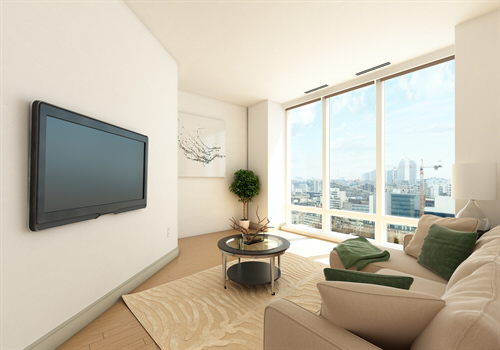Benefits

Secondary glazing is an effective method of reducing noise pollution, whether you are looking to guard against noise, road traffic, or retain noise, for example pubs and clubs.
How is Noise Insulation Achieved?
By
increasing the gap, otherwise known as 'cavity', between the existing window and the secondary frame, the better the sound proofing becomes. We suggest a minimum cavity of 100mm for increased sound reduction. Road traffic
noise pollution can be reduced by around 70-80% and can be reduced further by using acoustic glass
Glass Options

There is a wide range of glass options available to ensure optimum sound reduction. The main objective when aiming to reduce levels of sound pollution is to use glass which is a different thickness to that in the existing
window. By using glass of different thicknesses, sound transmits at different frequencies, thus improving sound reduction.
Acoustic laminated can also be used, this has a special interlayer, which is particularly
good when trying to reduce high frequency noise, for example aircraft noise.
Secondary glazing is ideal for period properties, where window replacement is not an option. It is practically invisible from the outside
and unobtrusive on the inside, allowing added comfort and security without disturbing the view.
Reduced Heat Loss

Windows tend to be a prime area for heat loss, which can be significantly reduced by introducing secondary glazing. Improved thermal insulation can help to save energy and, in turn, lower fuel costs.
Secondary glazing
also helps to eliminate draughts, improving comfort and reducing the level of airborne dust getting into a building.
The use of secondary glazing can help to meet the standards set out in Part L of the Building
Regulations, which are set to change in October 2010 with the introduction of Energy Performance Certificates. These certificates will define a building's energy rating and will become a factor in property valuations.
Energy Efficiency

By introducing secondary glazing, even with standard clear glass, you will improve the thermal insulation of your home, but for optimum results use Pilkington K Low-e glass. 'Low emissivity' (Low-e) glass such as Pilkington
K Glass is designed to reflect heat from fires and radiators back into your home, greatly improving its thermal efficiency. Also, it allows heat from the sun through your window, contributing to its energy efficiency.
By using less heat to keep your home warm, less energy needs to be produced, therefore lowering the overall levels of greenhouse gases and the cost of keeping your home warm.
Secondary glazing is ideal for period
properties, where window replacement is not an option. It is practically invisible from the outside and unobtrusive on the inside, allowing added comfort and security without disturbing the view.
